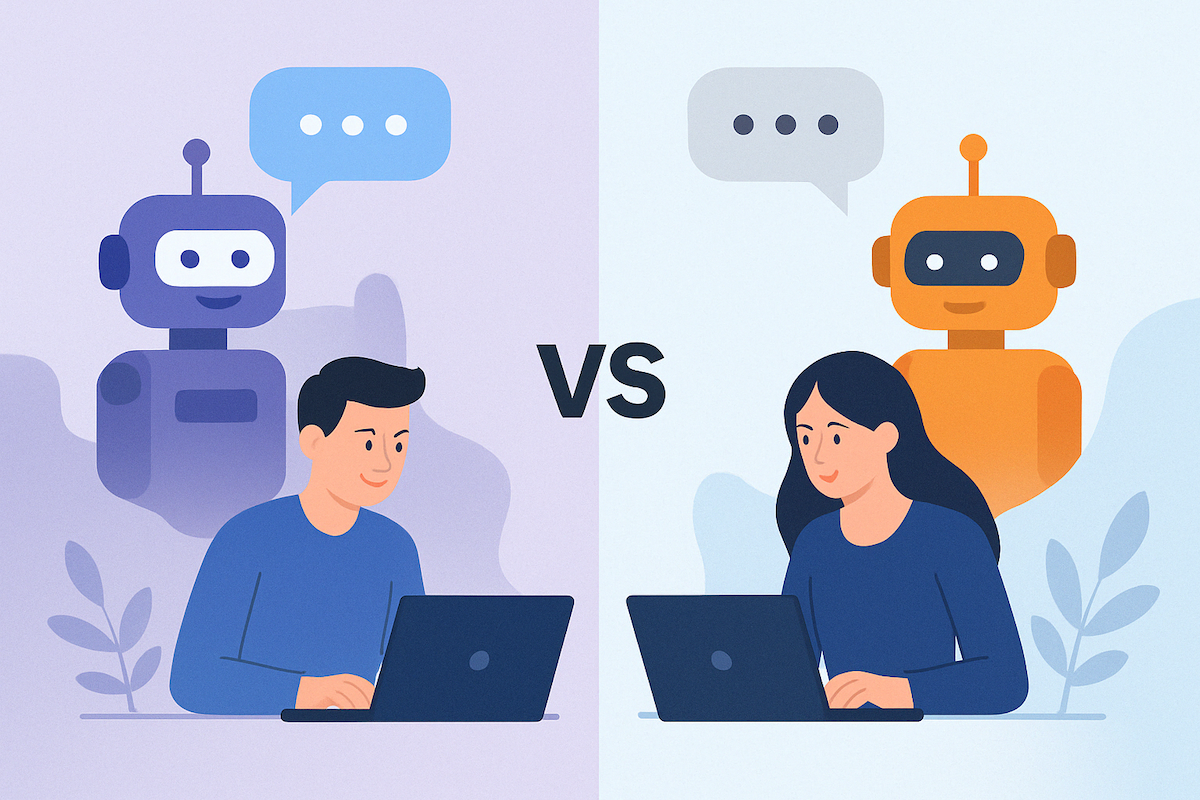
Table of Contents
Navigating the landscape of enterprise conversational AI platforms presents a significant fork in the road for many organizations. The pressure to automate interactions and streamline workflows is immense, but choosing the wrong tool can lead to costly dead ends. My research focuses on dissecting two prominent contenders: Microsoft’s Power Virtual Agents (PVA) and Google’s Dialogflow. What are the key differentiators, and how do they align strategically with different enterprise needs?
Power Virtual Agents: The Ecosystem Play
Microsoft positions PVA squarely within its Power Platform, leveraging the appeal of low-code/no-code development. It’s designed to empower ‘citizen developers’, enabling business users (often with limited coding background) to construct functional chatbots via a graphical interface. This accessibility is a definite draw.
Where PVA often gains traction is its native integration within the Microsoft ecosystem. For organizations already heavily invested in Microsoft 365, Dynamics 365, or Azure, the connections are considerably more straightforward. I’ve analyzed scenarios where PVA’s hooks into Teams and Power Automate dramatically simplified the deployment of internal HR or IT support bots, reducing initial integration friction.
However, this strength can also be a constraint. Its reliance on the Microsoft stack means integration with non-Microsoft systems often requires more custom development via Power Automate or Azure Bot Framework Composer, adding complexity. While its Natural Language Processing (NLP) has improved, historically, it hasn’t matched the nuance of more specialized platforms. The consumption-based pricing model also needs careful evaluation, high-volume bots can rack up significant costs if not monitored.
Dialogflow: The Natural Language Specialist
Google’s Dialogflow, available in ES (Essentials) and the more advanced CX (Customer Experience) versions, plays to Google’s strengths in NLP. My analysis confirms it generally offers more sophisticated intent recognition and entity extraction, handling complex or ambiguous user queries with greater finesse. This makes it a strong candidate for customer-facing applications demanding nuanced interaction.
Its multi-channel deployment options and robust multilingual support (a key factor for global operations) are significant advantages. I recall a case involving a financial services firm needing precise interaction across several languages; Dialogflow CX provided the necessary linguistic capabilities that PVA couldn’t easily match at the time. Built-in sentiment analysis is another plus for understanding user disposition.
The trade-off? Dialogflow typically demands a steeper learning curve, particularly Dialogflow CX. You’ll likely need developers comfortable with its concepts (intents, entities, flows, state handlers) for anything beyond basic bots. While it can integrate with systems like Dynamics or Salesforce, it usually requires more explicit API work compared to PVA’s native Microsoft connections. The existence of two versions (ES and CX) also requires careful consideration during selection, as they differ in features and pricing structure.
Strategic Considerations: Beyond Feature Lists
Choosing between PVA and Dialogflow isn’t just about comparing features; it’s a strategic decision influenced by several factors:
- Ecosystem Alignment: How deeply integrated is your organization with Microsoft or Google Cloud? Leveraging existing investments and skillsets often tips the scale. PVA offers clear advantages for heavily Microsoft-centric shops, while Dialogflow might fit better in a Google Cloud or multi-cloud environment.
- Complexity vs. Accessibility: What’s the primary goal? If it’s rapid deployment of simpler bots by business users, PVA’s low-code approach holds appeal. If the priority is highly sophisticated, nuanced conversation requiring deep NLP capabilities, Dialogflow (especially CX) often warrants the steeper learning curve and potentially higher development investment.
Think about the required technical skillset. Does your team have Python/Node.js developers ready for Dialogflow, or is the Power Platform skillset more prevalent? An analysis I reviewed highlighted a project stall partly due to underestimating the specific development expertise needed for a complex Dialogflow implementation. Conversely, another group successfully deployed several internal PVA bots quickly using existing Power Automate skills.
Pricing models also differ significantly. PVA’s session-based pricing contrasts with Dialogflow’s request-based model (with variations between ES/CX). Thoroughly modeling expected usage is crucial to avoid budget surprises. Don’t just look at the per-request cost; factor in development time, integration effort, and ongoing maintenance.
Making the Choice
Ultimately, neither platform is universally ‘better’. PVA excels in accessibility and Microsoft ecosystem integration, making it ideal for organizations prioritizing speed-to-market for internal or simpler customer-facing bots within that environment. Dialogflow offers more powerful NLP and flexibility for complex, multilingual, or multi-channel deployments, often justifying the higher technical threshold.
The ‘right’ choice depends entirely on your specific use case, existing infrastructure, available talent, and budget tolerance. A pilot project focusing on a defined, high-value use case can be an effective way to evaluate which platform aligns better with your organization’s reality before committing significant resources.
These are complex platforms with evolving capabilities. What factors are driving your conversational AI decisions? For further discussion on enterprise AI strategy, connect with me on LinkedIn.